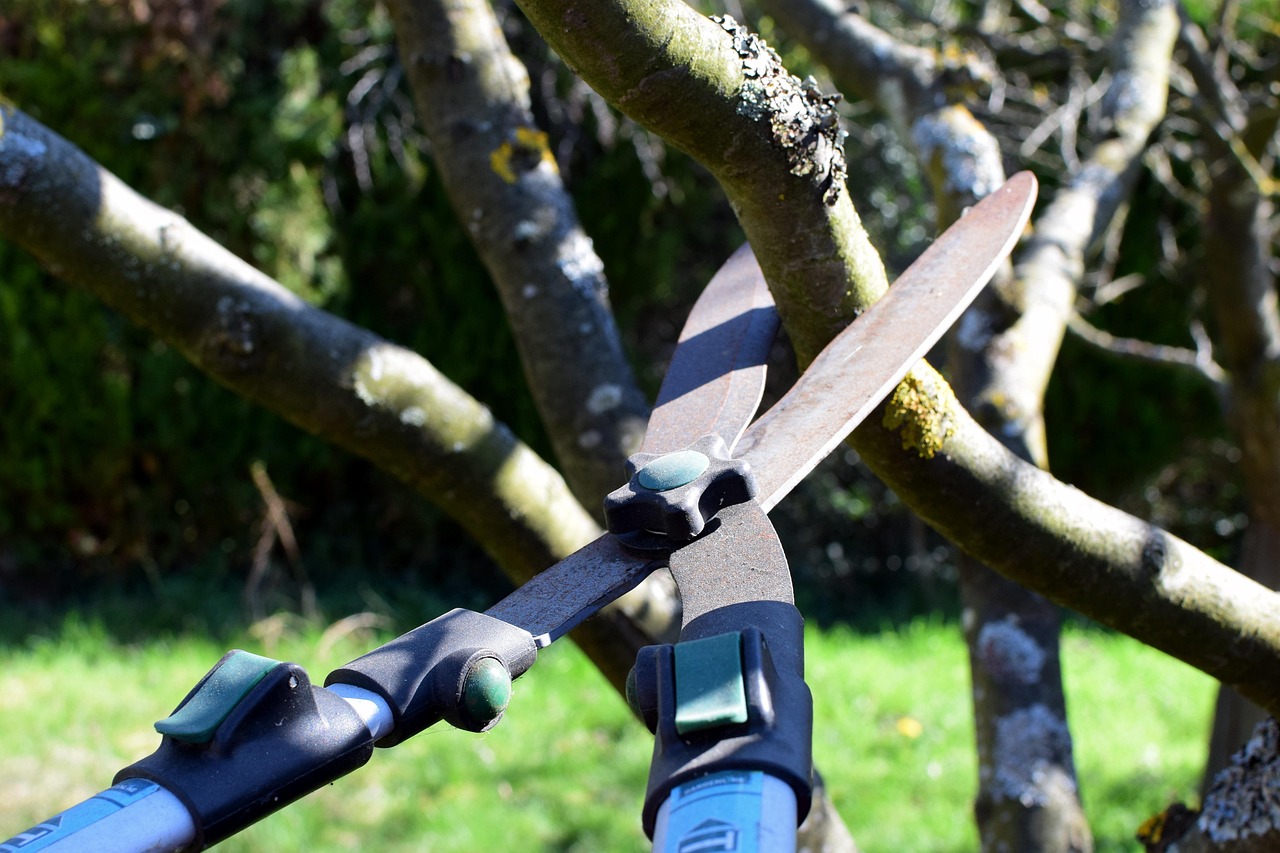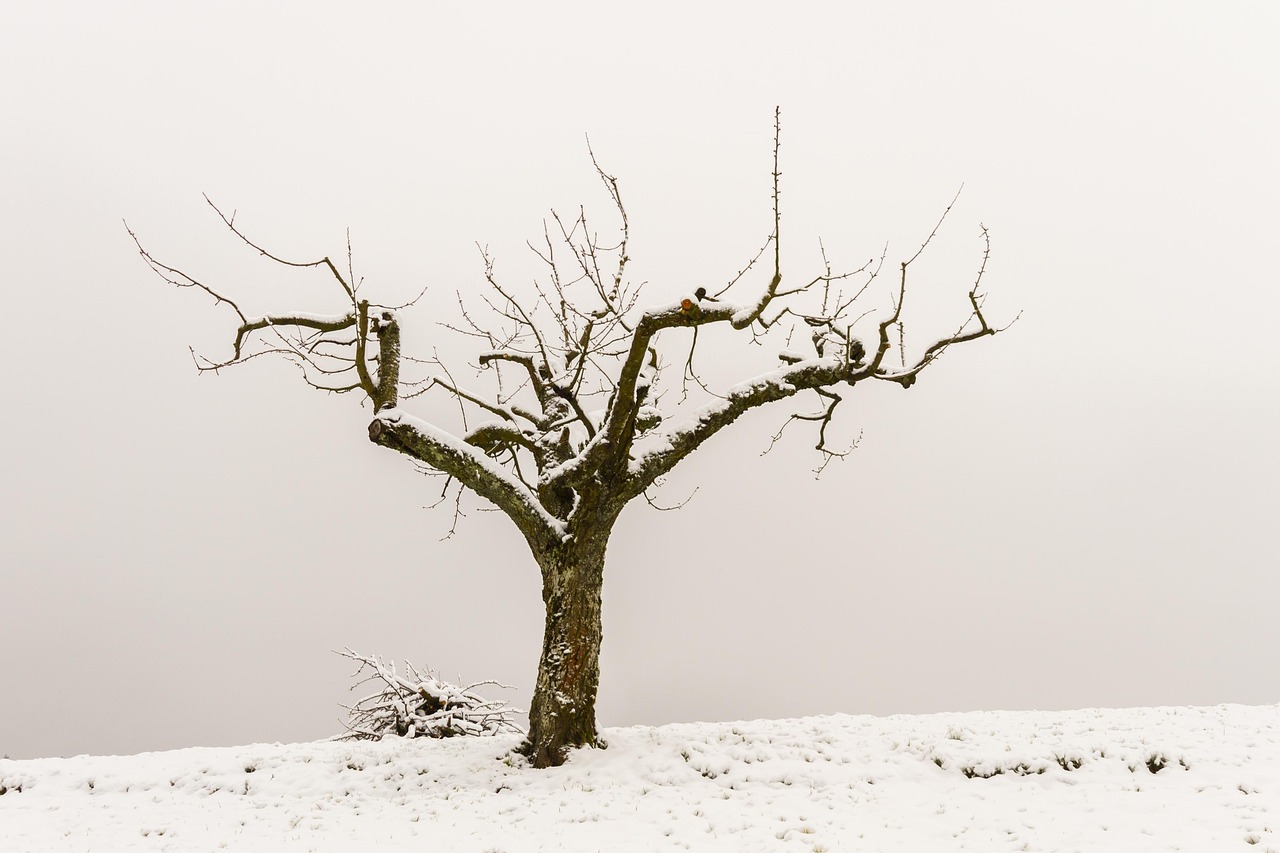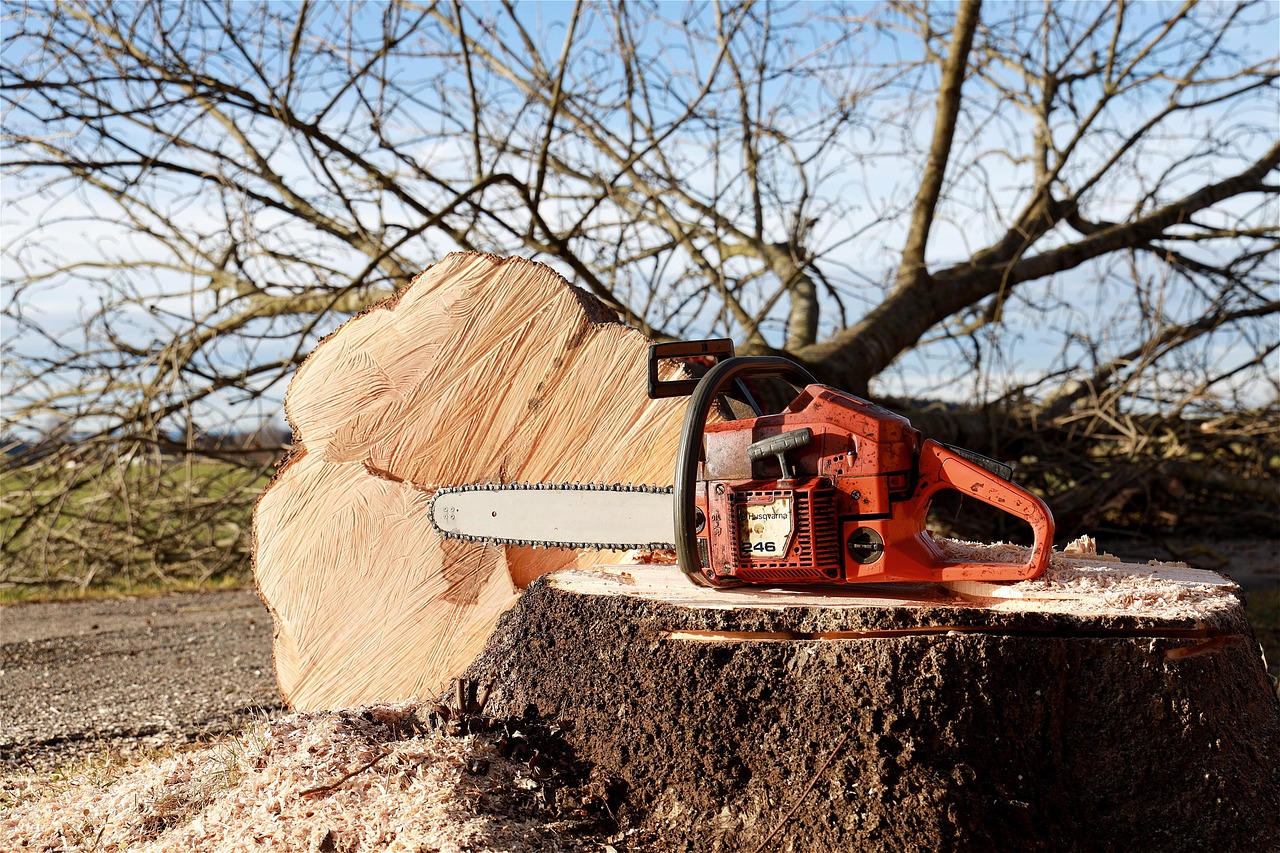Maintaining healthy, thriving trees requires a consistent, seasonally tailored pruning routine. By understanding the best timing, techniques, and tools for each season, beginners can boost growth, prevent disease, and enhance landscape beauty. Follow these expert tips to develop your own effective year-round pruning schedule with confidence and ease.
I remember the first time I tried pruning my own trees. It felt intimidating—so many questions, not enough knowledge. That’s why I always emphasize a consistent schedule to fellow gardening enthusiasts: it keeps things manageable and results in healthier, more beautiful trees. I’ve found that following seasonal tasks throughout the year can really transform your landscape. And yes, I’ve made mistakes along the way, but those lessons only improved my approach.

From my experience, every tree species has its unique pruning needs—what works for a maple isn’t suitable for a fruit tree. I’ve learned to pay attention to factors like growth stage and climate, which influence the best timing for pruning. But I always say: starting with a simple year-round schedule can give you a solid foundation—one that helps your trees flourish and keeps you confident.
Getting to Know the Basics of Tree Pruning
When I first dived into pruning, I was clueless about the different methods, tools, and techniques. So here’s what I personally always keep in mind:
- Types of Pruning: Thinning, heading, rejuvenation—you name it. Each has its purpose, but knowing when and how to use them made my trees healthier.
- Tools Needed: Good quality hand pruners, loppers, and a sharp saw are my essentials. Dull tools lead to ragged cuts, which could invite disease—a mistake I learned the hard way.
- Pruning Techniques: I always make clean cuts at a 45-degree angle. I learned early on that ‘topping’—cutting straight across—damages trees, so I avoid that at all costs.
Proper pruning promotes better air flow and sunlight penetration, which I’ve seen makes a huge difference in preventing disease and encouraging robust growth. Trust me, it’s worth taking the time to learn these basics.

Pro-Tips
When I first started pruning, I underestimated how crucial timing was. I made the mistake of trimming deciduous trees in late summer, which stressed them out unnecessarily. Now, I always follow seasonal guidelines and pay close attention to the tree’s growth stage. If I could go back, I’d emphasize observing my trees regularly so I can spot issues early rather than waiting for obvious problems.
Another lesson I learned the hard way was the importance of sharp tools. I once used dull shears, which caused ragged cuts that became entry points for pests and disease. Since then, I keep all my pruning tools sharp and clean, and I always sanitize them after each use. Trust me, good tools make all the difference in achieving clean cuts and healthy trees.
In my early days, I also over-pruned because I thought more cuts meant better results. I soon noticed my trees looked weak and stressed. Now, I focus on targeted, minimal pruning—removing only what’s necessary to improve structure and health. Less is more. If I could advise myself at the beginning, I’d say: be patient, prune with purpose, and respect the natural form of your trees.
Finally, I used to ignore the specific needs of different tree species. I learned that tailoring my pruning approach to each type—like delaying pruning fruit trees until late winter—boosted fruit production and overall health. Always do a little research on your tree varieties—it pays off in the long run.
Seasonal Pruning: My Year-Round Approach
Switching gears with the seasons has been a game changer in my tree care routine. I always follow a seasonal guide that aligns with plant biology and weather patterns:
| Season | Activities I Focus On |
|---|---|
| Winter | I take advantage of dormancy to do major pruning—removing dead or diseased branches and establishing a solid structure for young trees. Wearing my safety gear, I’m cautious because brittle branches can snap unexpectedly. |
| Spring | Right after trees bloom, I prune spring-flowering varieties and clear winter storm damage. This timing keeps blooms intact while promoting healthy growth. |
| Summer | I keep things light—removing suckers and water sprouts. I’ve learned it’s best to prune during cooler parts of the day to reduce stress on my trees. |
| Fall | I clean up fallen leaves and debris, which helps prevent pests and diseases. I never do heavy pruning now because that can make my trees vulnerable during winter. |
This approach has helped me maintain healthy, attractive trees year-round. The key is consistency and respecting each season’s specific needs.
My Winter Pruning Ritual
I always wait until winter when my trees are dormant. It’s the perfect time to do structural cuts—no leaves to hide issues and less stress on the tree. I focus on removing dead or broken branches first; a sharp saw and some patience go a long way.

Springtime Care
When spring arrives, I always wait until after trees bloom to prune spring-flowering varieties. Removing winter-damaged branches and sparing flowering wood encourages my trees to flower abundantly again. I take this time to shape them lightly, which helps foster strong, healthy growth for future fruit or beauty.

My Summer Strategy
Summer is a time I keep pruning to a minimum. I remove water sprouts and suckers that divert energy from the main branches. I’ve learned that cutting during the hottest part of the day can stress trees, so I always prefer early mornings or late evenings.
Just some light maintenance keeps my trees healthy without overdoing it—trust me, less is more during these months.
Fall Preparations
Before winter, I clean all fallen leaves and debris. This prevents pests and diseases from taking hold. I avoid heavy cuts now; instead, I focus on trimming only what’s necessary to keep my trees resilient for the cold months ahead.
Tools and Techniques: My Toolbox
I can’t stress enough how essential good tools are. I always invest in sharp, quality pruning shears, loppers, and a good saw. Dull or inappropriate tools have cost me dearly—scarring trees or inviting diseases. Safety gear like gloves, goggles, and sometimes a helmet are must-haves I never skip.
Proper Techniques I Always Follow
- Make clean, sharp cuts—a jagged edge invites pests and diseases.
- Cut at a 45-degree angle—this helps water runoff and wounds heal faster.
- Avoid topping trees—it weakens them and encourages poor growth.
- Shape with purpose—maintain the tree’s natural form rather than forcing a shape.
Knowing When to Prune Different Trees
This part took me some trial and error. Over time, I learned the best times for various tree types:
| Tree Type | Best Time to Prune | My Tip |
|---|---|---|
| Deciduous trees (oaks, maples) | Late winter to early spring | Dormant season helps shape and remove crossing branches. |
| Evergreens (pines, spruces) | Late spring | Light pruning keeps their lush look without stress. |
| Fruit trees (apples, cherries) | Late winter/Early spring | Focus on thinning and shaping for better fruiting. |
| Shrubs (hydrangeas, roses) | Late winter or early spring | Adjust depending on flowering habits—my biggest lesson. |
Keep in mind, local weather can shift these timings, so I always stay flexible and observant.
How Proper Pruning Elevates Tree Health
I’ve seen firsthand how insightful pruning improves airflow, sunlight, and disease resistance. It strengthens the tree’s structure and helps them endure storms better. The payoff: trees that not only look great but also stay healthier longer.
Pitfalls I Avoided—My Warnings
- Wrong timing: I once pruned in late summer, which stressed my tree unnecessarily. Now, I stick to seasonal guides.
- Over-pruning: I used to cut too much, but I found that minimal, targeted cuts work best.
- Poor tools: Dull scissors or saws made jagged cuts, inviting pests. I now always keep my tools sharp.
- Poor technique: I learned to avoid cutting too close or leaving stubs, which can lead to disease.
Special Care for Different Trees
Deciduous Trees
They shed leaves and benefit from winter pruning. I focus on shaping, removing crossing branches, and deadwood. It’s like giving them a fresh start for spring.
Evergreens
Looking after pines and spruces involves light trimming mainly after new growth. I avoid heavy cuts so they retain their natural form and vitality.
Fruit Trees
Pruning in late winter encourages abundant fruit. I always aim to open up the canopy to sunlight and remove water sprouts that drain energy.
Shrubs
Knowing when to prune depends on flowering habits, but I generally prune after they bloom or in late winter. Regular thinning keeps them healthy and vibrant.
Health and Stress Considerations
When my trees show signs of disease or pests, I always act promptly—removing infected branches helps stop problems early. I’ve learned that understanding their health is just as important as pruning itself, which helps ensure longevity and resilience.
Young Trees Need Special Attention
I remember when I first planted a young tree. I kept it simple—focused on developing a strong central leader and well-spaced branches. Over-pruning at this stage can hurt, so I learned to be gentle and observant, allowing it to grow strong foundations for years to come.
Seasonal Challenges—My Personal Notes
Winter Pitfalls
- Frost can make branches brittle—so I always wait for milder days when possible.
- Heavy snow can cause breakage—so I remove snow from major branches carefully.
- Short daylight hours mean I plan my work in the afternoon wisely.
Spring Challenges
- Pests become active—inspection is a must after pruning.
- Allergy season is tough for me—so I always wear protective gear.
- Rain can make soil muddy—so I prune early or late in the day to avoid damage.
Summer Challenges
- Hot temperatures stress my trees—early morning or evening pruning is my go-to.
- Warmer weather can promote fungi—I keep tools sanitized.
- Insect activity spikes—it’s important to stay vigilant.
Fall Challenges
- Fallen leaves harbor pests—regular cleanup is essential.
- Frost warnings mean I check weather forecasts to protect young growth.
- I plan my final pruning before winter, making sure my trees are sturdy enough to withstand the cold.
